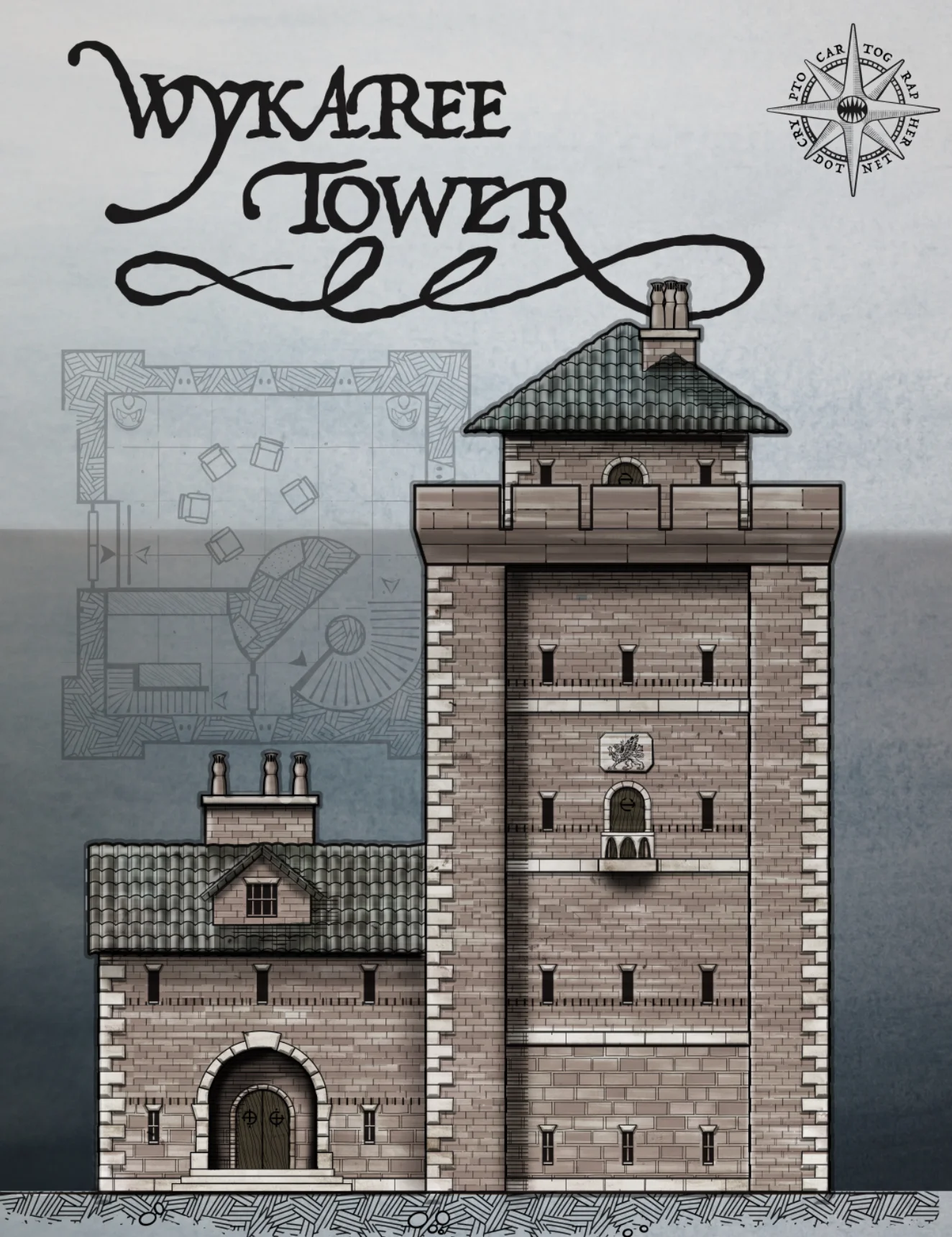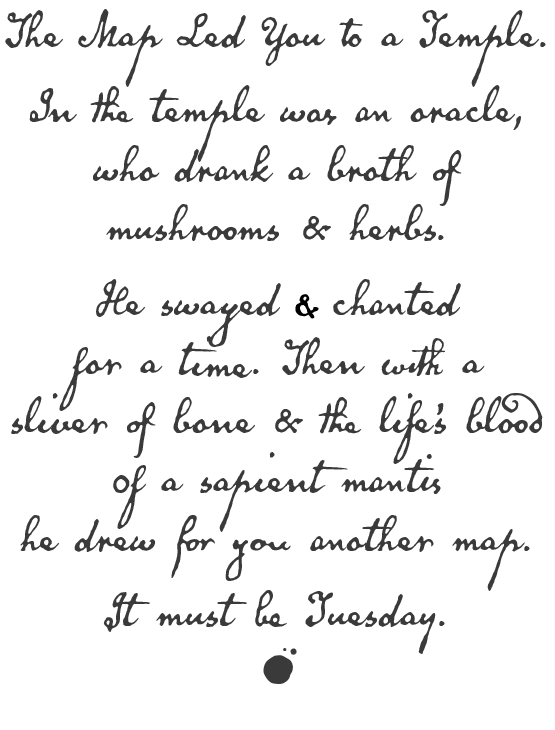Tiny Tom, where have you gone
When mother said you mayn’t?
Why I went down to Halfling Town
Where I was thought a giant!
— Children’s skipping song of Riverfall
Dundarrow is a prosperous Halfling village of stone and timber structures on the west bank of the Barbulen River. Its industry is based on the agriculture of the surrounding river valley — there is a water-powered mill, a granary, and a brokerage for wheat, oats, barley, and other crops. A brewery produces the secondary export of the village, a popular beer called Stump Ale.
The namesake of Stump Ale is the remains of an enormous tree in the center or town. It serves as a stage, a bandstand, a dance floor, a venue for weddings and religious ceremonies, and is a sacred object for the local druids.
A stone bridge spanning the Barbulen connects Dundarrow to the eastern bank. This access makes the village a point for trade, provisioning, and rural society. The community hosts a weekly market, a variety of shops, an inn with accommodations for the larger races, and several seasonal festivals.
History
Dundarrow Village began as a tourist attraction. An enormous tree grew by the banks of the Barbulen River. Named Dundulein by the local druids who revered and safeguarded it, this massive living spire brought gawkers from far and wide and a few small businesses sprang up, selling dried pressed leaves fallen from the branches high above, sap mixed into a restorative draught, and splinters of its bark as souvenirs.
The tree eventually fell victim to a strange blight. The druids were unable to discover its source, and all their prayers, rituals, and husbandry could not save it. Fearing a spread of the curse into nearby forests, they cast powerful magics upon it, destroying the blight but also killing the tree.
The vast tree was now a hazard. It would eventually topple, doing massive damage and conceivably damming the river. The druids agreed that the tree could be harvested for lumber one one condition: that the mighty roots remain undisturbed. It was their hope that someday the tree would gather its strength and put up new shoots. The place where the dead tree stood became known as Dundulein Barrow, then simply Dundarrow.
The sleepy tourist stop quickly expanded into a lumber town. A sawmill was built on the river, and the tree was harvested limb by limb. Though the highest branches were perilous to cut, the wood was strong, and clear of grain, and it fetched a premium price. Gradually teams of human and halfling lumberjacks whittled the tree down to its stump. The stump remained as the druids had requested. It was leveled and smoothed into a platform that served as stage, dance floor, meeting place, and sacred venue.
As the tree came down, a town went up. The now-obsolete sawmill was converted to grind grain, a granary was built, and the stone bridge across the Barbulen that had once carried a harvest of lumber out from the village began to bear the harvest of the river valley toward it. Halflings from the surrounding Holdlands began to occupy this new depot: younger sons and daughters who would not inherit their families’ farms or who simply had an interest in the wider world. The village began to grow in earnest, attracting entrepreneurs, then families, then shopkeepers and artisans.
Dundarrow, situated on the banks of a river famous for spring flooding, denied the Halfling residents their customary burrow homes. They contented themselves with building sturdy riverstone foundations to raise their village above the water’s reach, and they topped them with houses and shops constructed of Dundulein’s lumber. Dundarrow as it stands today is a tidy village and market town populated mostly by halflings. It provides services to the surrounding farms, including shops, a Shirriff and court, a school, a weekly market and festival celebrations












